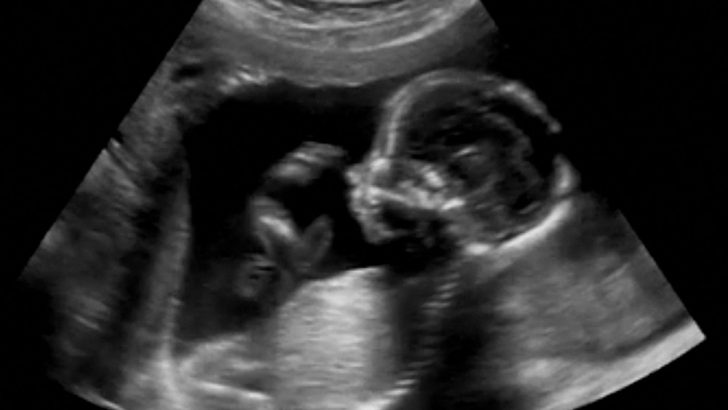There are many tragic aspects to the recent abortion in Holles Street of a healthy baby misdiagnosed with a life-limiting condition, but one thing was sure. Leo Varadkar is entirely wrong when he described it as an “individual tragedy”.
It was not an individual tragedy. It was a systemic failure caused firstly, by legalising abortion without a time-limit for babies with life-limiting conditions, and secondly, by the failure to provide families with a real choice, that is, perinatal palliative care. All maternity hospitals are expected to provide this wraparound service, which allows parents both space to grieve and space to find meaning in being parents for the short time they have, to give birth and have any family and friends they wish present immediately afterwards to meet the baby.
This baby’s death was also the result of regressive views of disability. For centuries, people with disabilities were stigmatised and discriminated against. Then, for a short period, perhaps 30 years, the innate dignity of every human being was recognised. Services were inadequate, sure, but the principle of innate equality was recognised.
Then, as abortion for disability became ever more available, discrimination became institutionalised again. Internationally, it became conventional wisdom that these lives were not worth living, not only in the case of a life-limiting condition but also in cases like spina bifida (which can often be treated very successfully) and babies with Down syndrome.
Evidence
Before Repeal, there was anecdotal evidence that doctors were immediately suggesting that people travel for abortion after a difficult prognosis. Pro-life people said that even more pressure would be brought to bear to have an abortion if the Eighth were repealed.
We were accused of scaremongering. Tragically, the predictions have proved all too accurate. The solicitor for the couple at the centre of the case, Caoimhe Haughey, has said that her clients never suggested termination. They never even used the word.
Think of a devastated couple who have just received terrible news. Imagine if they were told that there was no need to rush to a decision, that there were people who had been through the same situation who would be more than willing to tell them about continuing with the pregnancy.
Imagine if they were told that a dedicated bereavement midwife and a medical team would walk with them every step of the way. Imagine if they were reassured that their little baby was not suffering and would not suffer.
This is what families are supposed to be offered under guidelines issued by Simon Harris just a couple of years ago. But this couple was not even given standard medical care – a second opinion, which would have taken two weeks.
Given that there is no time limit on abortion for life-limiting conditions, it is unfathomable why they were not allowed to wait.
If any of these positive alternatives had happened, a perfectly healthy baby would have been born. But even if the baby really did have a tragic prognosis, Irish research has shown that couples who continue with the pregnancy find it a profoundly meaningful thing to do, despite the heart-rending pain of parting with their child. They develop a fierce protectiveness towards their little baby. They discover that they can be parents and that their child’s short life has meaning.
Instead, this couple was told, the solicitor alleges, that there was no point in continuing with the pregnancy. They were told that the situation was black and white.
And of course, the situation is far from black and white. Dr Marty McCaffrey is a clinical professor in neonatal-perinatal medicine at UNC-Chapel Hill, North Carolina. He discovered that the greatest predictor of survival for US children with trisomy 13 and 18 is whether they are diagnosed before or after birth.
Some 36% of children diagnosed before birth lived less than 24 hours and 47% were discharged home, compared with 1% who lived less than 24 hours and 87% who were discharged home when the condition was discovered after birth.
The key difference was that babies diagnosed after birth were offered the same interventions as any other baby in difficulties, such as oxygen, ventilation, tube feeding and intravenous fluids. Babies diagnosed before birth were sometimes not even offered hydration on the grounds that it was pointless.
Most children with these conditions live a very short time but there are always exceptions, like Kathleen Rose Harkin, who is now 12 and the light of her family’s life even though she has severe limitations. Born in the US, her family insisted on every possible help for her.
The Holles Street case was not an individual tragedy, a scientific misdiagnosis. This was a failure of our legislative system, a failure of our medical system and a failure of our compassion. And this approach has now been institutionalised.


 Breda O'Brien
Breda O'Brien
